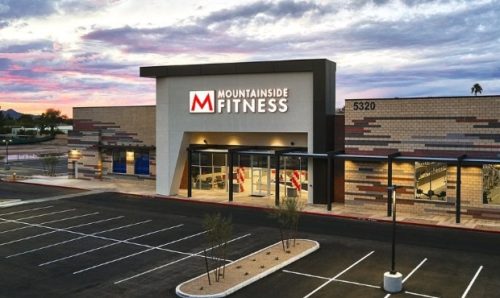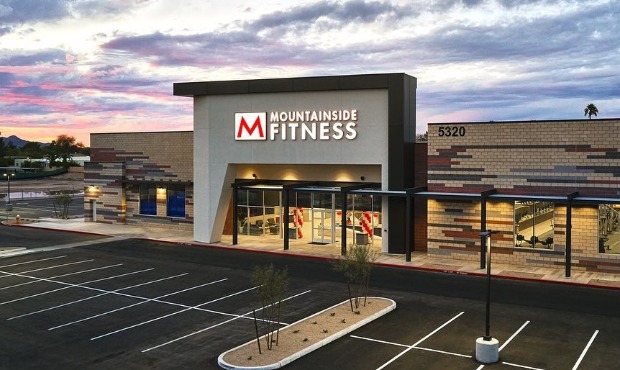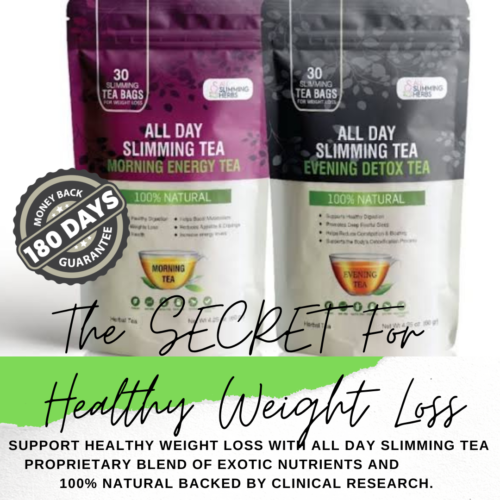
The Fitness Industry
The Fitness Industry: According to the IHRSA (International Health, Racquet & Sportsclub Association), the $30 billion health and fitness industry in the U.S. has been growing by at least 3 – 4% annually for the last ten years and shows no signs of slowing down anytime soon. If anything, it’s accelerating. Currently about 20% of American adults have a fitness club membership, a number that in my opinion could easily double in the next 10 – 15 years.
What is driving The Fitness Industry historic boom?
It’s not just because new clubs are popping up everywhere. That’s true, but that dynamic is being fueled by a number of important – and potentially unexpected – factors. Here are the key elements at play that investors should be aware of if they are looking to invest in the fitness industry.
- Health insurance costs. Healthy people cost much less to insure, and employers and insurers have finally realized that they can trim insurance costs by incentivizing healthy lifestyles. With spending on health care going up, up, up, that’s a big deal for every company’s bottom line – and it’s great for the people who get to benefit from the incentives.
Many employers and insurers now cover the costs of a health club membership or studio classes, as long as an employee can show they actually use them. This is a very quickly-growing segment of the market; it’s generally not large enough on its own to drive the profitability of a health club or studio, but it is become a very valued source of supplemental revenue in the industry.
- The new demand for healthy foods. In recent years consumer demand has been moving away from industrial-scale processed food in favor of healthier, more natural and/or organic options. This switch is causing people across the country to be more conscious of the food they eat – which has had the runoff effect of making more people interested in fitness.
Once consumers start thinking more carefully about their dietary decisions, they naturally start thinking about other ways they can enhance their health. One obvious way? Figuring out how to get more physically active, which might mean joining a health club or fitness studio.
- Wearables. Devices such as the Fitbit, Apple Watch, Garmin, and even many of the smartphones we carry around all day, are putting personalized biometric health statistics at millions of people’s fingertips. The ability for people to see how many steps they are taking in a day, how many calories they burn, what their heart rate is, or what their blood pressure is, are making them much more in tune with how their body works and how they can improve their health.
The Fitness Industry: It’s kind of like the growing awareness of healthy eating: Once someone starts paying attention to this digital feedback, they start making more healthy decisions in other aspects of their life. It makes people think things like, “How can I eat even better, how can I increase my activity or enjoy it more?” We’ve seen that this avenue of inquiry eventually drives many consumers to look for solutions in the health club or studio market.
The trend toward incorporating personalized health data into our daily lives isn’t going away anytime soon, either. In fact, recently one of the nation’s oldest and largest life insurers, John Hancock, announced that they “will stop underwriting traditional life insurance and instead sell only interactive policies that track fitness and health data through wearable devices and smartphones.”
- Streaming exercises classes. There have been streaming exercise classes here and there for a while, but now they are finally hitting the mainstream. That’s great news for people with busy schedules – which is to say, pretty much all of us.
Before there were good streaming options, people who couldn’t find that hour to get to the gym probably just wouldn’t exercise. But now someone can stream an exercise class in to the T.V. in their living room before they have to get the kids to school. Or at lunchtime. Or late at night…and on and on.
You might think that people who stream exercise classes have disintermediated the gym itself, but we’ve found the opposite is true; virtual exercisers typically also maintain a membership at a health club or studio. It makes sense, because this combination gives them variety, social engagement and keeps them exercising longer. Many exercise advocates and even beginners now use multiple venues to stay on track with their fitness plan.
- Budget-friendly gyms. Two segments of the fitness industry have been responsible for the majority of its recent growth in members and number of facilities: Boutique fitness studios and “high-value, low-price” (HVLP) health clubs.
HVLP gyms are attracting members thanks to inexpensive memberships – typically in the $10 – $20 per-month range – and a good bang for the buck in terms of equipment, classes and amenities. Budget gyms have been around for years, but this new breed of HVLP gyms typically beat out the more established budget players in the variety of fitness equipment and classes offered, and the all-in-one pricing structure.
Traditional budget gyms usually offer a large club with a variety of equipment and some extra amenities such as tanning, hydro massage loungers, dry saunas and assorted other benefits. The HVLP category offers all the same amenities as the “low price” category plus things such as a greater variety of fitness equipment, group fitness classes, small group training and personal training. Given the better value proposition, it’s no surprise that HVLP clubs are increasingly becoming the dominant competitors in the health club market.
Less impactful, but still important, are boutique studios, which have also been growing very quickly all over the country. These studios are usually quite small and specialized. Spinning, high-intensity interval training classes, circuit training, barre, Pilates – you name it, there is a boutique studio to fit that need. They are also generally on the higher end price-wise, ranging from $20 – $50 a class, or $150 – $200 month. Selling points for these are the central locations (since they can fit almost anywhere), the specialization, the camaraderie fostered by the smaller, more quaint environment. For the time being, consumers certainly don’t seem to mind the prices, but time will tell – especially if the economy changes.
- Outdoor obstacle races. You probably know someone who triumphantly completed a mud-soaked, high-flying obstacle course race on a recent weekend, right? These events have drawn huge crowds, and people are really enjoying the training for and the competition in these races, as well as the sense of teamwork and personal accomplishment that comes with completing one. These races have been growing in popularity for many years and now have broken out in to all different levels, for beginners through experts, increasing their appeal, providing different difficulty levels as well as distances.
But what makes these one-off events have such a major impact on the fitness industry’s growth? You have to train for them, hard – and many times people do it in a health club.
All these factors have combined to create a fitness industry that is growing faster than it ever has before. The current U.S. health and fitness facility count is approximately 32,000, though there are likely thousands of boutique studios that remain uncounted. Look for that number to go way up – and potentially double – in the next decade or two.
That’ll be great news for people invested in or working in the industry, of course. But that pales in comparison to the fact that it means that millions more people across the country will be adding more years to their life and more life to their years.The Fitness Industry.











































































